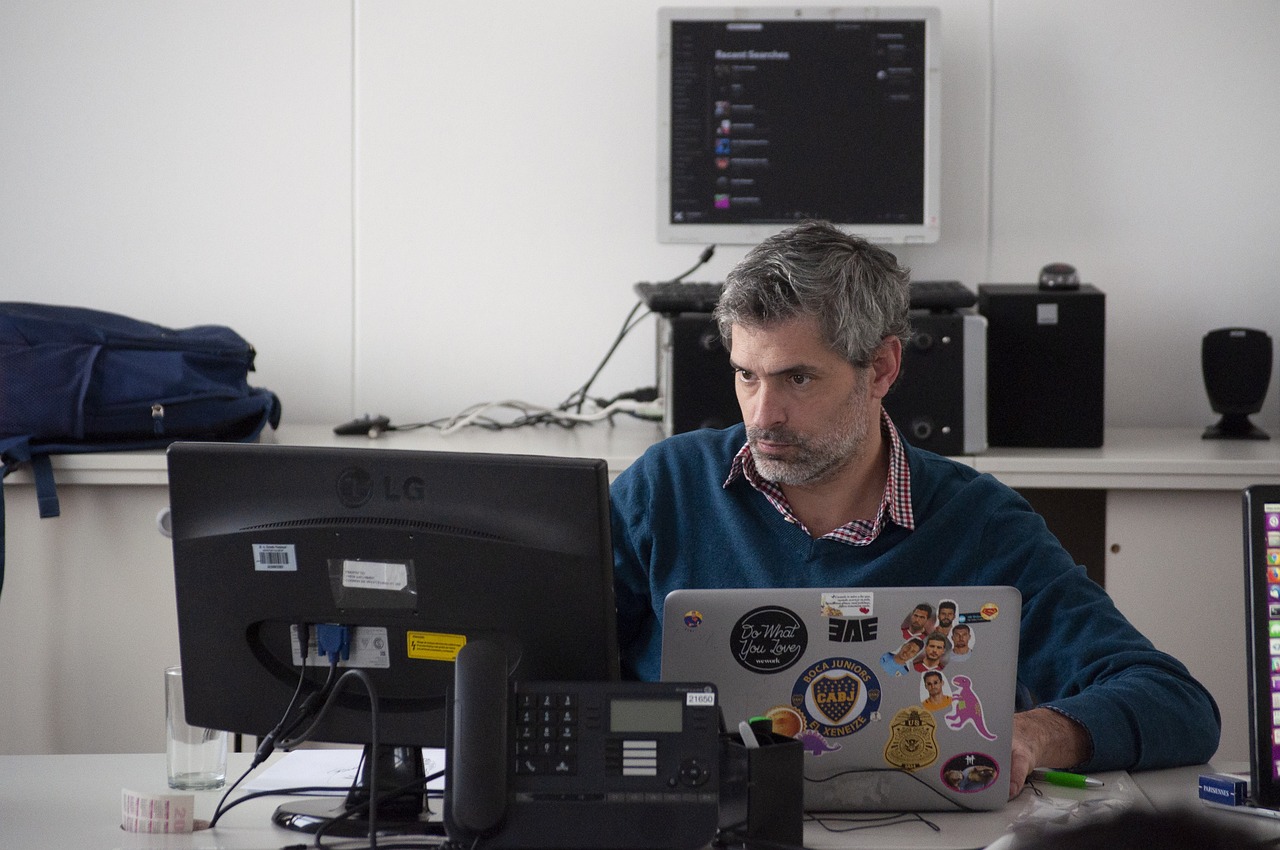The Sprint Retrospective is an important part of the Scrum framework. It provides a place for team members to review their progress and identify improvement areas to increase efficiency and productivity and ultimately deliver better results.
This event also helps promote collaboration and communication between stakeholders, which are both essential components of successful project management. In this article, we’ll look at the importance of a Sprint Retrospective and how it fits into the Scrum framework. Let's get to the details.
Scrum is a project management framework that consists of several roles, events, artifacts, and rules. It was created as an iterative approach to software development that enables teams to create high-value products quickly and regularly. The core components of Scrum are the Sprint, a time-boxed period when work gets done; the Sprint Retrospective, a meeting to review the progress; and the product backlog, which contains items that still need to be completed.
With Scrum, teams can better understand customer needs and anticipate changes in the market by regularly releasing smaller batches of work that are then tested and improved upon. This iterative process facilitates faster feedback loops, allowing teams to quickly respond to changing requirements or technology shifts.
The Sprint Retrospective event is a crucial part of the Scrum framework. It’s an opportunity for stakeholders to come together and reflect on what has worked well and what hasn’t and identify areas for improvement. During the meeting, team members should evaluate the progress made during the Sprint and discuss any potential challenges that may have been encountered.
The primary purpose of the Sprint Retrospective is to promote continuous improvement by taking a step back and reflecting on the accomplishments and failures during the current Sprint. Teams can use various interesting sprint retrospective ideas to spark conversation and drive actionable change. For instance, teams can run a “dot voting” session, which encourages team members to vote for the topics they feel are most pressing.
The key to effective feedback is finding the right format for your team. One popular option is a retrospective meeting in which stakeholders can express their thoughts, feelings, and ideas about the project’s progress in an open forum.
Alternatively, teams may choose to use virtual tools like electronic surveys or online discussion boards to collect feedback from members who cannot attend the meeting in person. Either way, a Sprint Retrospective aims to identify areas where progress can be made and create actionable plans for improvement.
When setting up your Sprint Retrospective, be sure to ask questions that can help you identify the root cause of problems. This could include things like “What do you consider a success or failure in this project?” or “What do you see as opportunities for improvement?” Listening and responding to feedback is also important, as it helps to build trust and foster collaboration.
The sprint retrospective event is an essential part of the agile process, and teams should prioritize setting aside time for it. Retrospectives are a chance for team members to reflect on the project they’ve just completed, reflect on what went well and what could be improved, and plan how to move forward with greater efficiency and effectiveness.
Retrospectives provide a space for team members to work together to identify areas of improvement and develop strategies to address them. They also help teams build trust and foster collaboration, as each person is able to share their thoughts and feelings on the project in an open and constructive environment. Retrospectives are also invaluable for increasing team morale and motivation, as team members can take pride in their accomplishments and gain a sense of accomplishment.
Ultimately, retrospectives are an essential part of any successful agile project. They offer teams the opportunity to reflect on what has been done well and where improvements can be made while also fostering collaboration, trust, and motivation within the team. By taking the time to invest in retrospectives, teams can ensure continued success.
To ensure the most successful sprint retrospective, here are some tips to keep in mind:
- Encourage open and honest feedback from everyone: This is essential for creating an environment where everyone feels safe and comfortable sharing their thoughts. Ensure that everyone knows that their opinion matters and will be considered.
- Set expectations: Before the meeting, let everyone know what topics will be discussed, how long it will take, and who should be present. This can help keep people on track and ensure that everyone gets the most out of the session.
- Outline an agenda: Before the meeting, create a list of topics and action items that need to be discussed during the session. This will help keep your team focused on the key points and ensure that all topics are adequately covered. For instance, topics might include what went well during the Sprint, what didn’t go as planned, and any potential improvements that could be made.
- Follow-up: The most successful retrospectives are those in which action items are assigned and followed up. After each meeting, make sure to review the notes and assign tasks to appropriate team members for follow-up.
- Allow time for reflection: Retrospectives are not just about identifying areas of improvement – they are also a chance for teams to appreciate their accomplishments and celebrate successes. Make sure to leave time at the end of the meeting for team members to reflect on their work before moving on to the next Sprint.
- Invite participation from everyone: Make sure that all team members have the opportunity to share their thoughts and ideas. Encourage everyone to participate and make sure their voices are heard.
At the end of the meeting, make sure to summarize what has been discussed, assign tasks for follow-up, and thank everyone for their participation. This will help ensure that everyone is on the same page and that any action items are addressed in a timely manner.
The sprint retrospective event is an indispensable part of an agile process, as it provides invaluable insights into how a team can move forward in the most successful way. With a focus on open and honest feedback, setting expectations, outlining an agenda, following up, providing time for reflection, and inviting participation from everyone, teams can ensure that their sprint retrospectives are successful.





